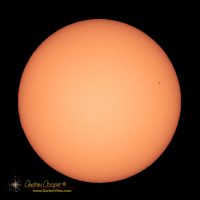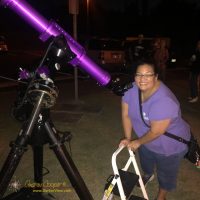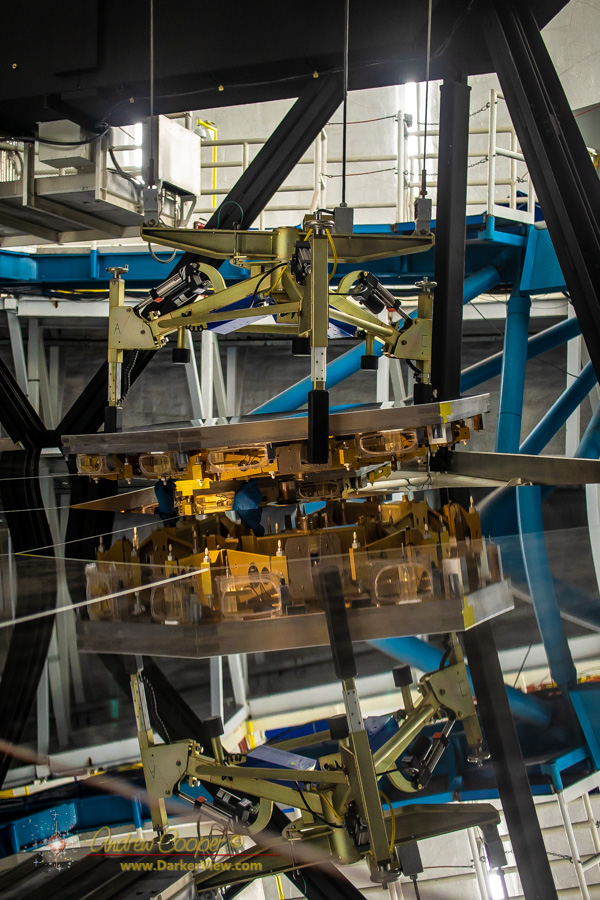
Tag: Keck
A Snow Week
With a decent snowfall atop Mauna Kea my week was one of snow, and more snow. It was a week of problems and beauty.
The snow started falling on the 10th, a blanket of white covering the mauna. As the observatory crews pulled out and the road was closed we watched the storm on the webcams. While it snowed on the summit near record rains and flooding hit Hilo along with much of the windward side.

While a few guys from our summit crew made short visits to check on things, for the most part work on the summit was paused through the weekend, conditions inoperable.
It was not until Tuesday that the snowplows cleared the snowdrifts and access was partially restored. With delayed tasks to do I drove up that morning into a spectacular dawn over the mauna.
Continue reading “A Snow Week”Mercury Transit 2019
It was a clear predawn sky that greeted Waimea this morning, perfect to watch the transit of Mercury across the Sun.
An alarm set for o-dark-thirty and a drive to Waimea with the first glow of dawn behind the mauna. I did not have to pack a ‘scope as I would be using an observatory outreach telescope, just make sure I have camera gear ready.
Realistically I was expecting only a few folks in addition to the club members I knew were coming. A light crowd maybe? Thus I was rather surprised to find the parking lot filling quickly and our big conference room buzzing at 6am.
It was quite the crowd considering the Sun had not yet appeared over the shoulder of the mauna!
Continue reading “Mercury Transit 2019”Xavier at the ‘Scope
Kohala Skies
While much of the island focused on events taking place on the slopes of Mauna Kea, we had a better plan for Monday evening… Take some activities, and a couple telescopes out to a local library and share the sky with anyone who came.
We planned to bring a presentation and activities to the Kohala library. While the gals presented inside we had a couple telescopes setup outside the front door for anyone to enjoy. Thus is was a team of four… Shelly, Kelleen, Scott, and myself that arrived at the library about 5pm.
The drive over the Kohala on the mountain road is often pretty in the late afternoon. This day was no exception, the afternoon lighting the rolling green hills, Haleakala on Maui looming directly ahead of me as I drove.
I do worry about setting up a star party in Kohala as the weather is notoriously fickle and heavy rain squalls can sweep off the ocean very quickly. I was greeted by nearly clear skies, a pleasant surprise that bode well for the evening.
Continue reading “Kohala Skies”A Tale of Two Earthquakes
Two earthquakes of the same magnitude strike our island a month apart. Two events that are quite interesting to us at the observatory. Both about the same magnitude, both occurring deep in the island, one was far more forceful at the telescopes causing some minor damage, the second caused no damage that we have found despite a thorough inspection.

Any strong earthquake is a concern for the telescopes. We need to know immediately just how strong the quake was, how much potential for damage occurred.
The telescopes are precision instruments with many delicate parts. On the other hand earthquakes are common on this volcanic island and we have learned how to deal with the shaking.
When attempting to measure the possible damage to the telescope it is not earthquake magnitude that is interesting. Rather we want to know the peak ground accelerations that occur at the summit facility. The actual forces that could potentially cause damage. These are measured by means of a logging accelerometer mounted in the basement of the observatory.
Continue reading “A Tale of Two Earthquakes”Keep it Running
Some equipment around the observatory is thirty or more years old. As you would expect, keeping it running can be a challenge.
There are two ways of dealing with this old equipment… Replacing it with something new is the preferred way. When it becomes difficult to locate spare parts, when it breaks down too often, just replace it with new gear. For much of the equipment this is the usual answer and is often a major part of the job.
Some equipment is not so easily replaced. When replacement would require wholesale redesign of a system it becomes more of a challenge. Sometimes the only choice is to keep that old gear running.
This is the case with our servo amplifiers. Twelve amplifiers supply the power that drives the telescope, one amplifier for each motor. Eight amplifiers and motors drive azimuth, four drive elevation. Three hundred and seventy tons moved by twelve relatively small DC motors. While much of the telescope control system was recently replaced, it was decided to keep the old servo amplifiers.
You might notice that these servo amplifiers are just a wee bit critical.
Continue reading “Keep it Running”Winter on The Mauna
The warnings sound pretty bad, high winds, high surf, snow for the summit. The county has closed all beach parks, the state has closed most of the parks in anticipation of the bad weather.
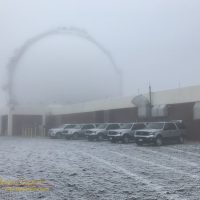
The summit of Mauna Kea is currently seeing sustained winds of over 80mph, with gusts well over 100mph. Yes, the summit is closed to the public and observing has been cancelled at Keck.
Meanwhile it is eerily still at the house, almost no breeze and quite pleasant. Waiting for the storm to arrive.
I will not be going up anytime soon. Taking a little time off to spend with some family that will be on island, hopefully landing right about now.
I was up a couple days ago… It was impressive then, 40mph winds and everything covered with inches of ice. I braved the biting wind to wander about and take a few photos. Very cold, and very beautiful.
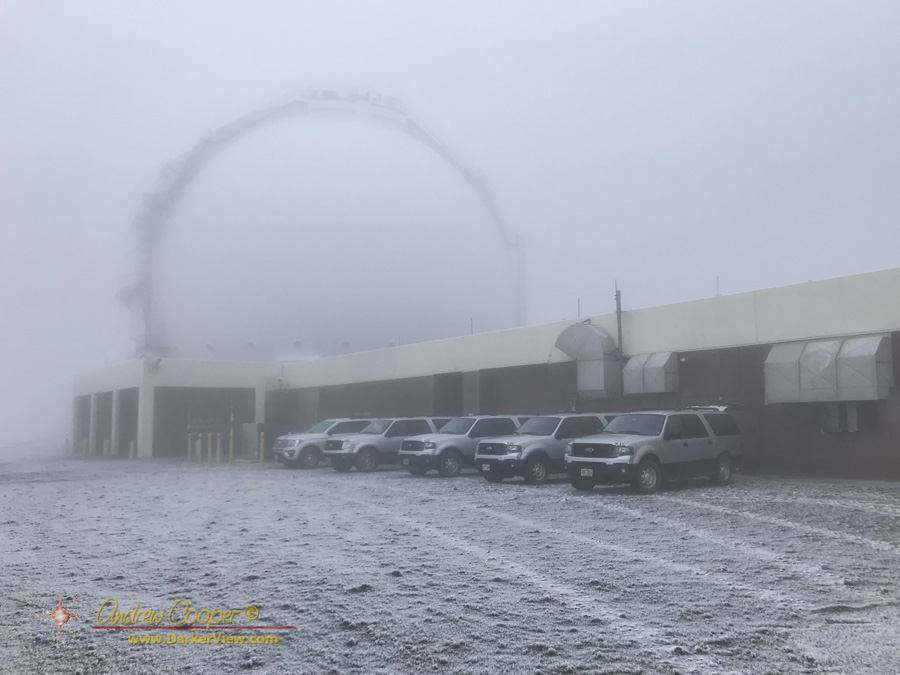
Keck 1 dome with a liberal coating of ice from freezing fog 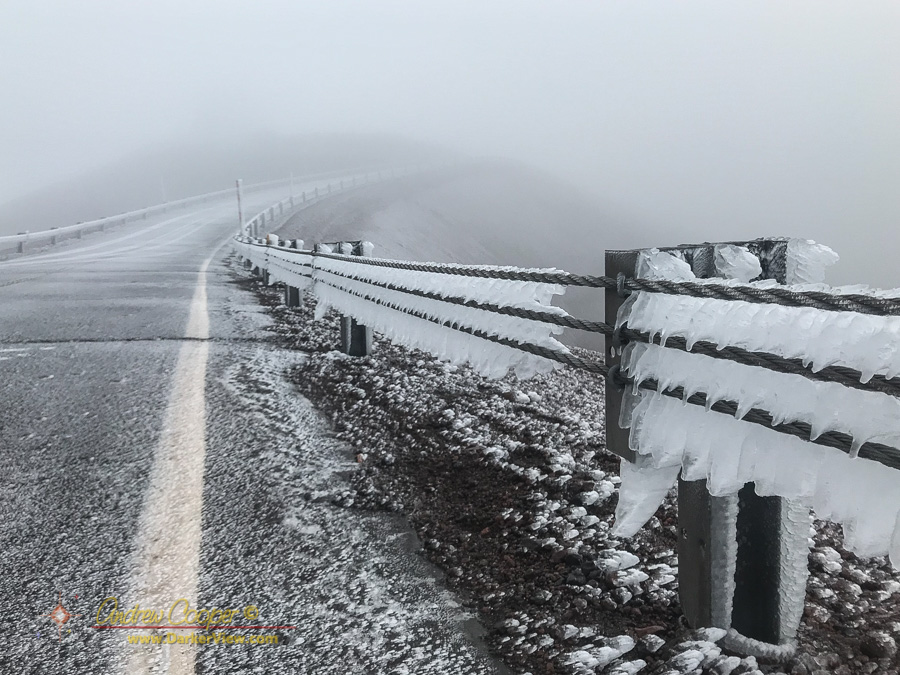
The cable safety guardrails covered in ice from freezing fog atop Mauna Kea 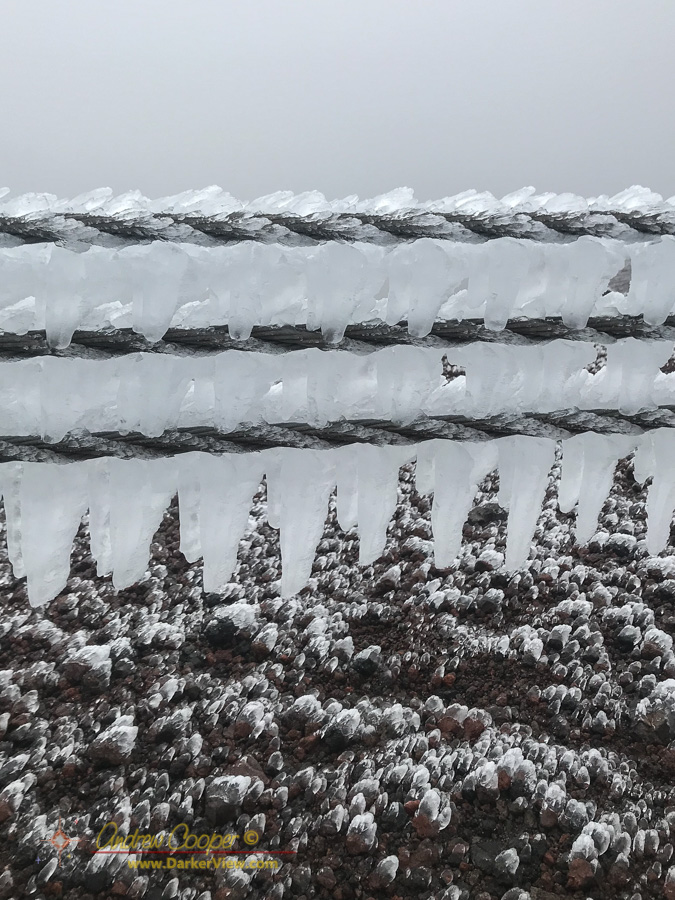
The safety guardrail cables covered in icicles on Mauna Kea 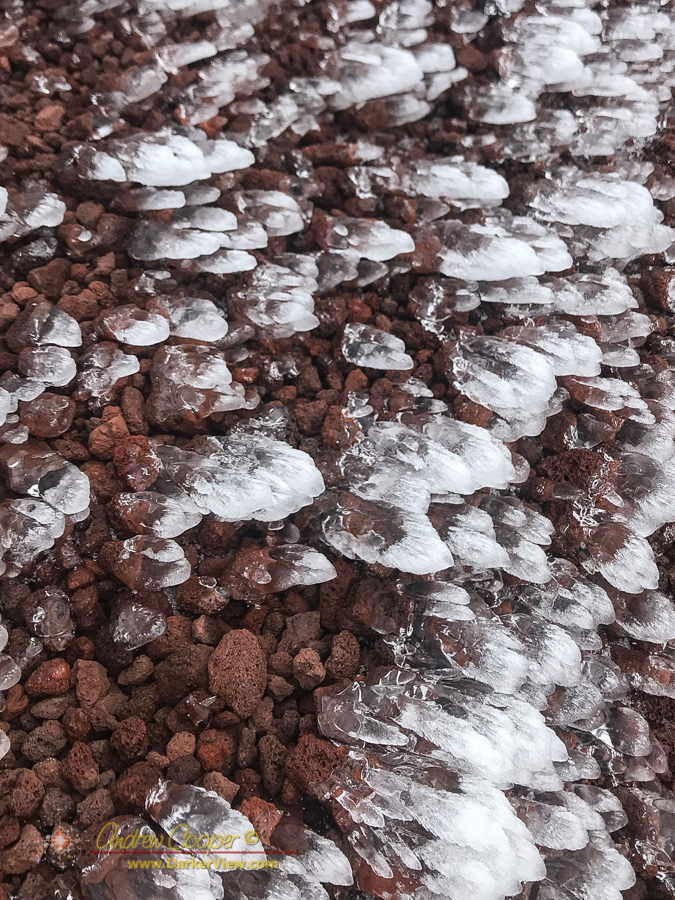
Windblown freezing fog creates fingers of ice from the cinders on the ground 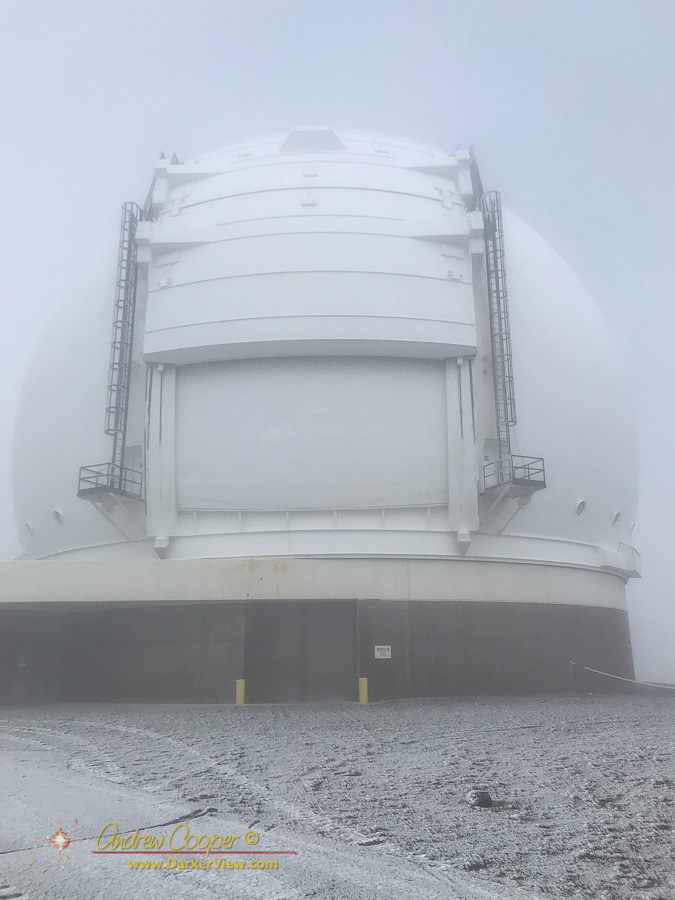
Keck 2 dome with a liberal coating of ice from freezing fog
Dome in the Sunset

Kepler Goes Silent
This last week we said goodbye to a truly pioneering space telescope. The Kepler mission was designed to find exoplanets, planets that orbit around other stars. The mission succeeded beyond everyone’s expectations.
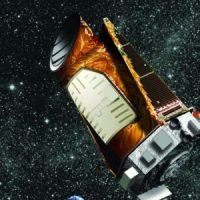
After nine productive years this engine of discovery has come to an end. With the spacecraft out of fuel NASA flight engineers sent the last commands, shutting the spacecraft down.
The Keck Observatory and the Kepler Spacecraft had a great partnership. It was not possible to confirm most Kepler’s possible exoplanets using only data from the spacecraft. A large telescope using a high resolution spectrograph, like HIRES on Keck 1, would allow astronomers to not only confirm Kepler’s discovery, but to learn more about each exoplanet.

